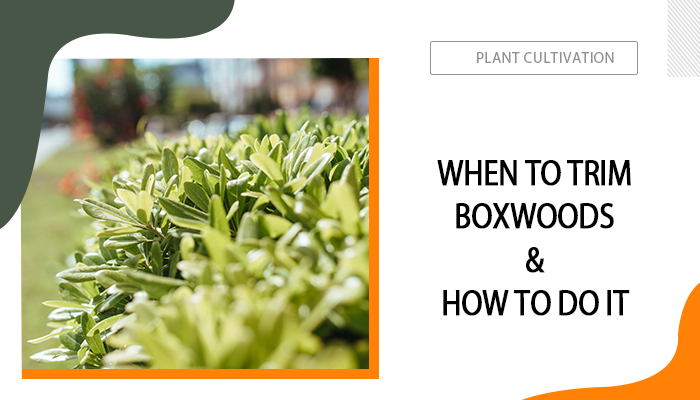When, Why, and How to Trim Boxwoods
Boxwoods are known for their versatility and ability to be sculpted, making them a popular choice for hedges and ornamental displays. One crucial question when taking care of this evergreen plant is, when to trim boxwood to maintain their dense, decorative shape and promote vigorous growth. If you are also wondering this question, read on to see our explanation.
Table of Contents
When Is the Best Time to Trim Boxwoods
The best time to trim boxwoods is during the spring, especially the early spring before the onset of new growth. Spring presents a natural phase in a boxwood’s yearly life cycle where new growth is prolific, making it an ideal time for pruning. Trimming boxwoods in spring stimulates the development of fresh stems and leaves, typically emerging around four weeks post-pruning.
Additionally, the moderate temperatures of spring, followed by the warmer ones in summer, allow the newly developed growth to strengthen and mature before the onset of the colder fall weather. If boxwoods are trimmed too late, particularly in late summer or fall, they run a higher risk of damage. The new growth is still tender and can be susceptible to the freezing temperatures of winter, which in extreme cases, can be fatal to the plant.
However, there’s an exception to this general springtime pruning guideline. If you observe any branches that are dead, damaged, or infected, it's imperative to remove them promptly, regardless of the season. This immediate action helps in preserving the overall health of the boxwood.
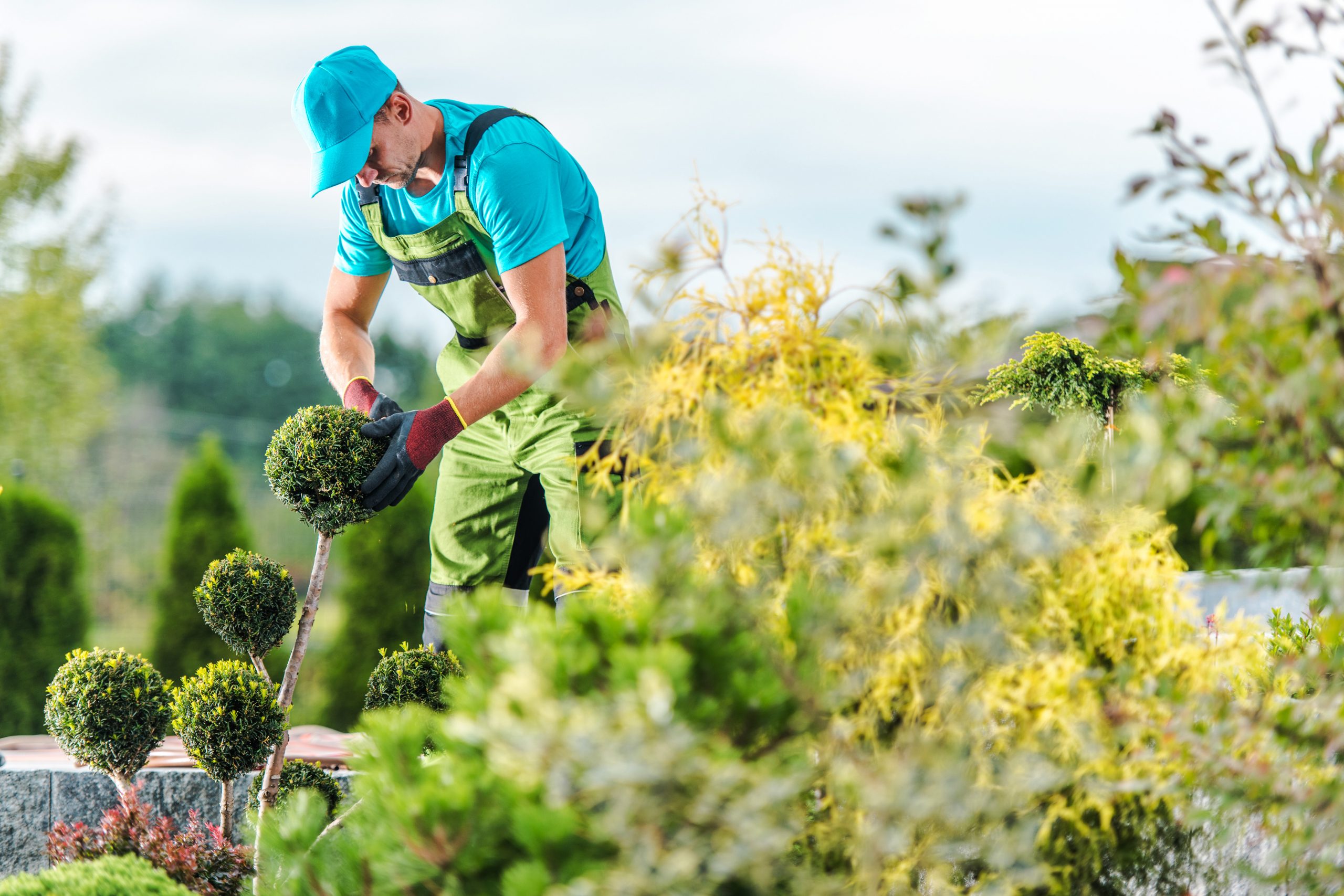
5 Reasons Why You Should Trim Boxwoods
Although boxwoods are easy to grow and require minimal maintenance, one of the few things that you must do is to prune them. Here’s why:
Aesthetic Precision
Given their amenability to shaping, boxwoods are often the go-to choice for creating intricate garden designs and living sculptures. Trimming is the art through which gardeners bring their vision to life, sculpting the boxwoods to achieve the desired form and symmetry. The precision attained through regular trimming turns an ordinary garden into a masterpiece of topiary art.
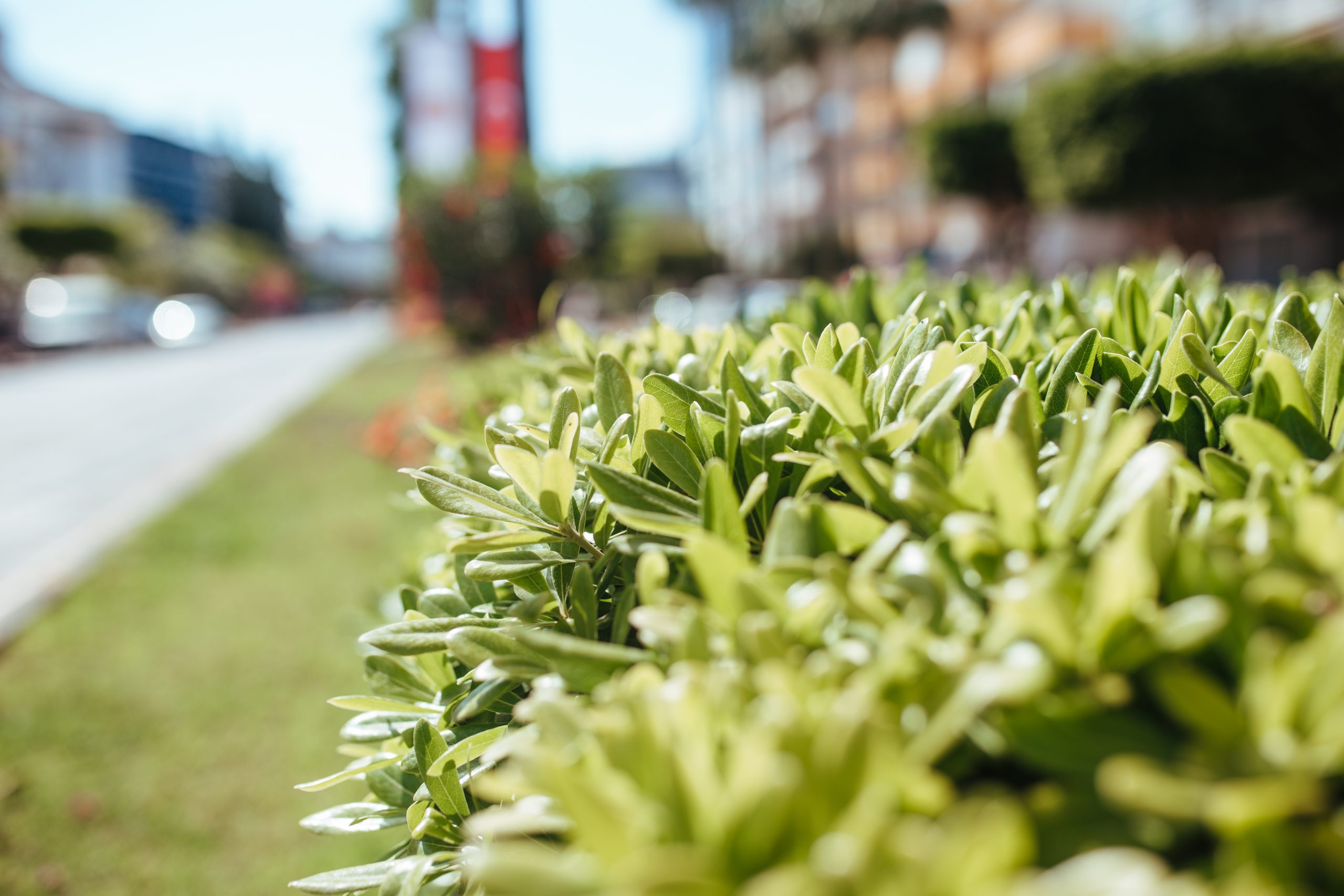
Controlling Growth and Spread
Boxwoods, left unchecked, can grow unruly, overshadowing other plants and infringing on their space. Trimming is a strategic measure to control their growth and spread, ensuring a harmonious coexistence with neighboring plants. It allows gardeners to maintain the balance and composition of the landscape, fostering a diverse and flourishing garden ecosystem.
Ensuring Uniform Sunlight Distribution
A thick, untrimmed boxwood can prevent sunlight from reaching its inner branches and leaves, which is detrimental to the plant's health. Trimming thins out the foliage, ensuring even sunlight distribution, which is crucial for photosynthesis and the overall well-being of the shrub.
Mitigating Fungus Growth
Trimming is essential to prevent and manage fungus growth in boxwoods. Fungus can develop in the core of the shrubs, particularly after shearing and trimming. The signs of a fungal infection include curling leaves, stunted leaf growth, and smaller-than-normal leaves. Regular and proper trimming helps improve air circulation within the shrub, reducing the likelihood of fungal development.
Preventing Waterlogging Issues
Boxwoods are susceptible to waterlogging, which occurs when the soil around the plant retains excess water due to overwatering or inadequate drainage. This condition can lead to rotted roots and slow growth, as boxwoods cannot tolerate flooded soil. Trimming the shrubs helps to manage their size and shape, making it easier to monitor and adjust watering practices to prevent waterlogging.
How to Trim Boxwoods Properly [Expert Tips]
Once you know when to trim boxwoods, it’s time to practice in real scenarios. However, trimming boxwoods, as with any other plant, requires experience and proper handling. We’ve gathered 10 expert tips on trimming boxwoods in the following. Hopefully, you can have a perfect cut in the spring.
Use the Right Tools
- Equip yourself with sharp handheld pruning shears or a folding handsaw for larger, overgrown boxwoods.
- For shaping, both manual and electric hedge trimmers are suitable.
- Ensure tools are clean, especially if boxwood blight is prevalent in your area, by disinfecting them with a 70% alcohol solution.
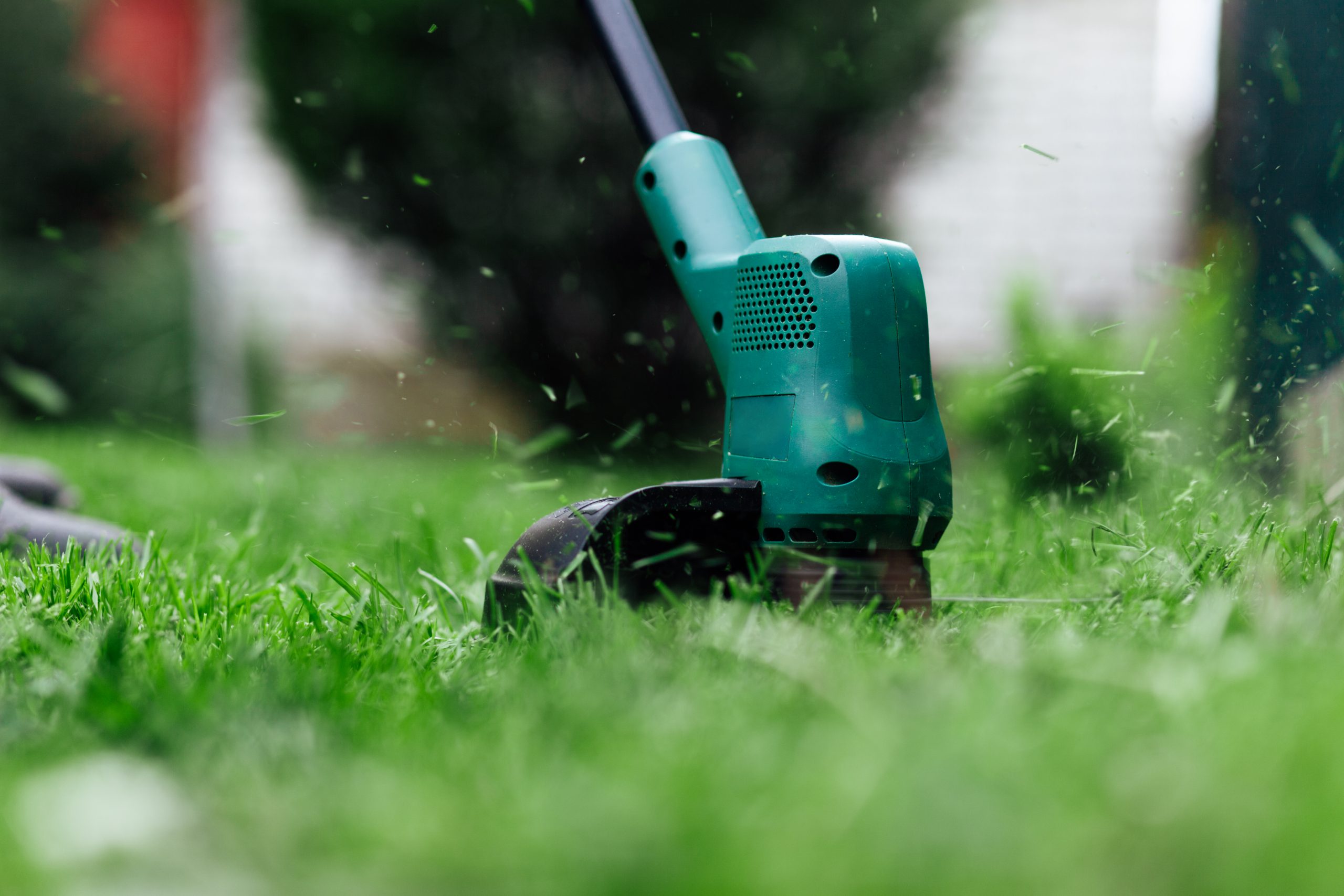
Inspect and Prepare the Shrub
Thoroughly inspect both the exterior and interior of the plant.
- Remove any diseased limbs, discolored leaves, dead twigs, and additional debris.
- Ensure proper airflow throughout the plant by removing overgrown limbs from the primary branches.
Adopt a Gentle Approach
Trim the entire shrub for even regrowth and to inhibit overgrowth leading to fungal diseases.
Limit shearing as it can create a dense outer shell, leaving the interior with dead branches.
If shearing is necessary, commence with thinning out select branches before a light shear.
Thinning is Essential
Prioritize thinning over shearing to achieve dense, leafy branches and allow sunlight to penetrate the center. You can cut too tall branches back to a larger branch or the base of the plant for a visually appealing shrub.
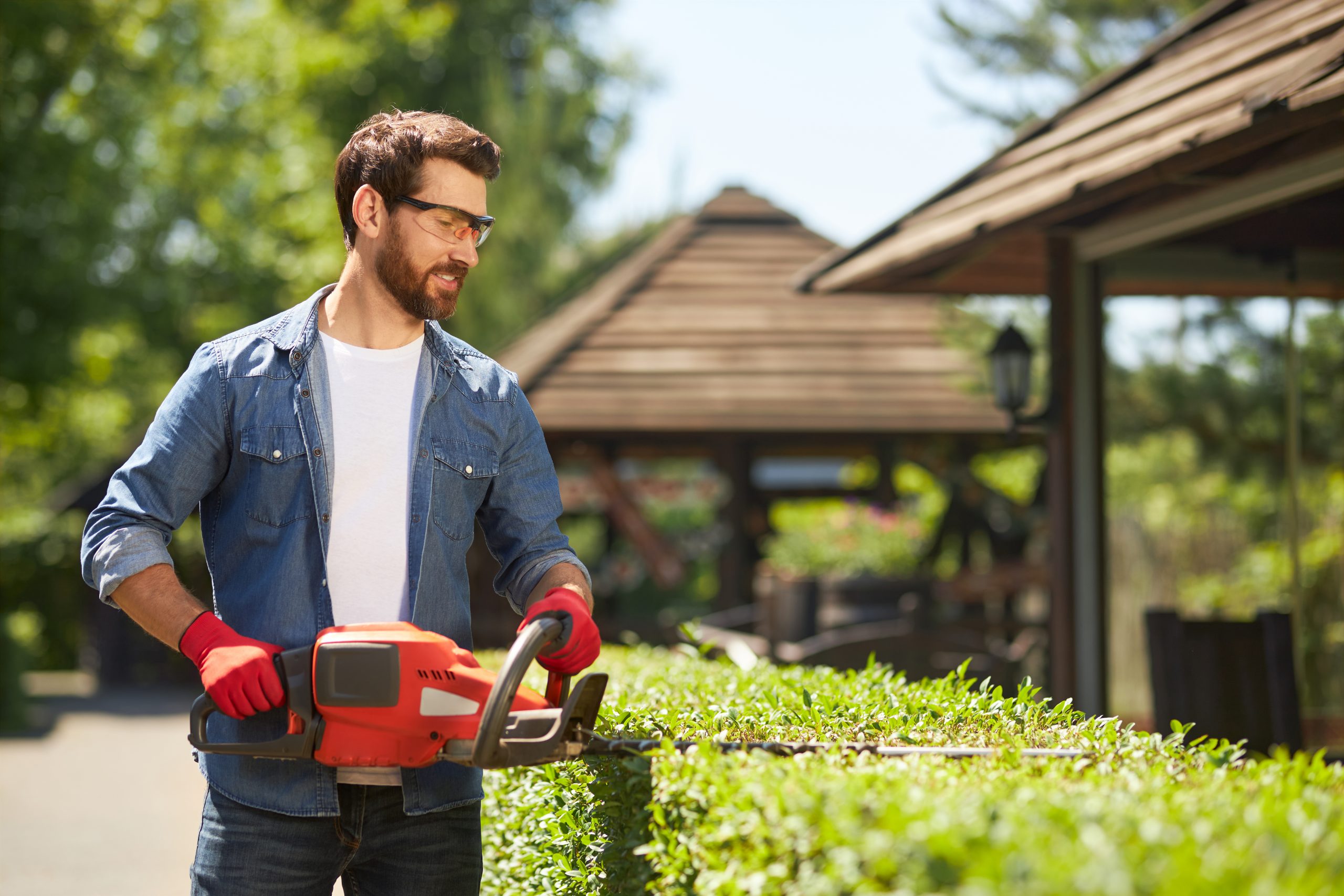
Adhere to the One-Third Rule
For significantly overgrown shrubs, never remove more than one-third of the boxwood's mass at a time. If needed, continue the one-third reduction annually until the desired size is achieved.
Subsequently, maintain the size with annual spring pruning.
Post-Pruning Care
- Monitor for signs of pests and diseases regularly.
- Clean up the debris promptly after trimming.
- Keep the pruning tools clean and disinfected to prevent the spread of diseases.
Additionally, you should bear in mind that young plants benefit from frequent shearing in the first few years for denser growth and defined shape. Drastic pruning measures should be done in stages over several years to prevent killing the shrub.
FAQs about When to Trim Boxwoods
- What month do you prune boxwoods?
Boxwoods are ideally pruned in the early spring, such as March and April. Spring pruning allows the shrubs to develop fresh stems and leaves and ensures the new growth has time to mature before the arrival of colder weather in the fall.
- Can boxwood be trimmed anytime?
Possibly. While spring is the preferred time for pruning boxwoods, there is an exception for dead, damaged, or diseased wood. These branches should be pruned as soon as they are noticed, regardless of the time of year, to maintain the overall health of the plant.
- How late in the season can you trim boxwoods?
Trim boxwoods before late spring or early summer, as late trimming exposes the new, tender growth to potential damage from freezing winter temperatures.
- How much can you cut back a boxwood without killing it?
It is recommended to follow the one-third rule when trimming boxwoods. This means you should never remove more than one-third of the shrub's total mass at a time. If the plant is significantly overgrown, you may need to conduct phased pruning over the course of two to three years, removing one-third of the growth each year until the desired size is achieved.


